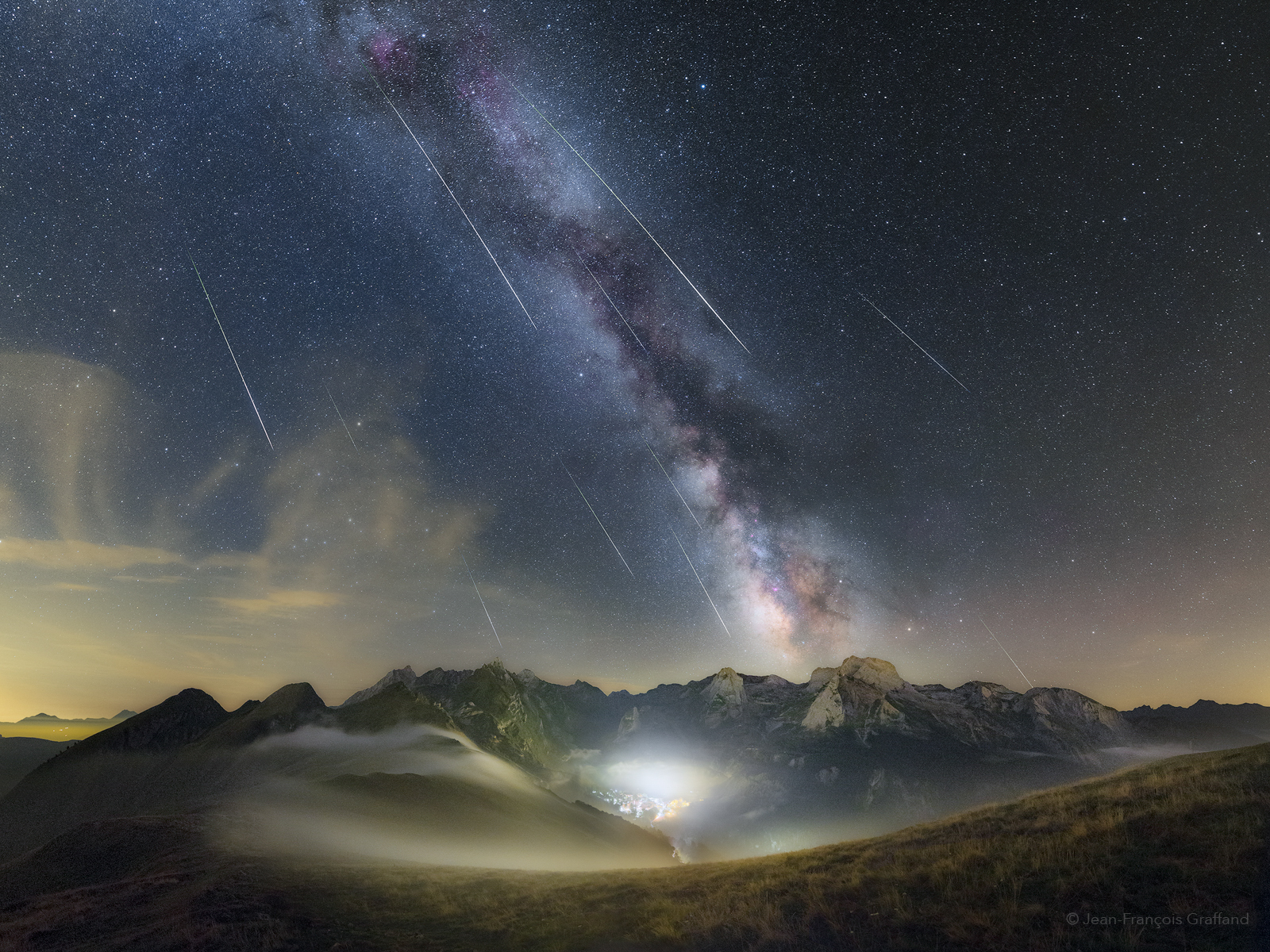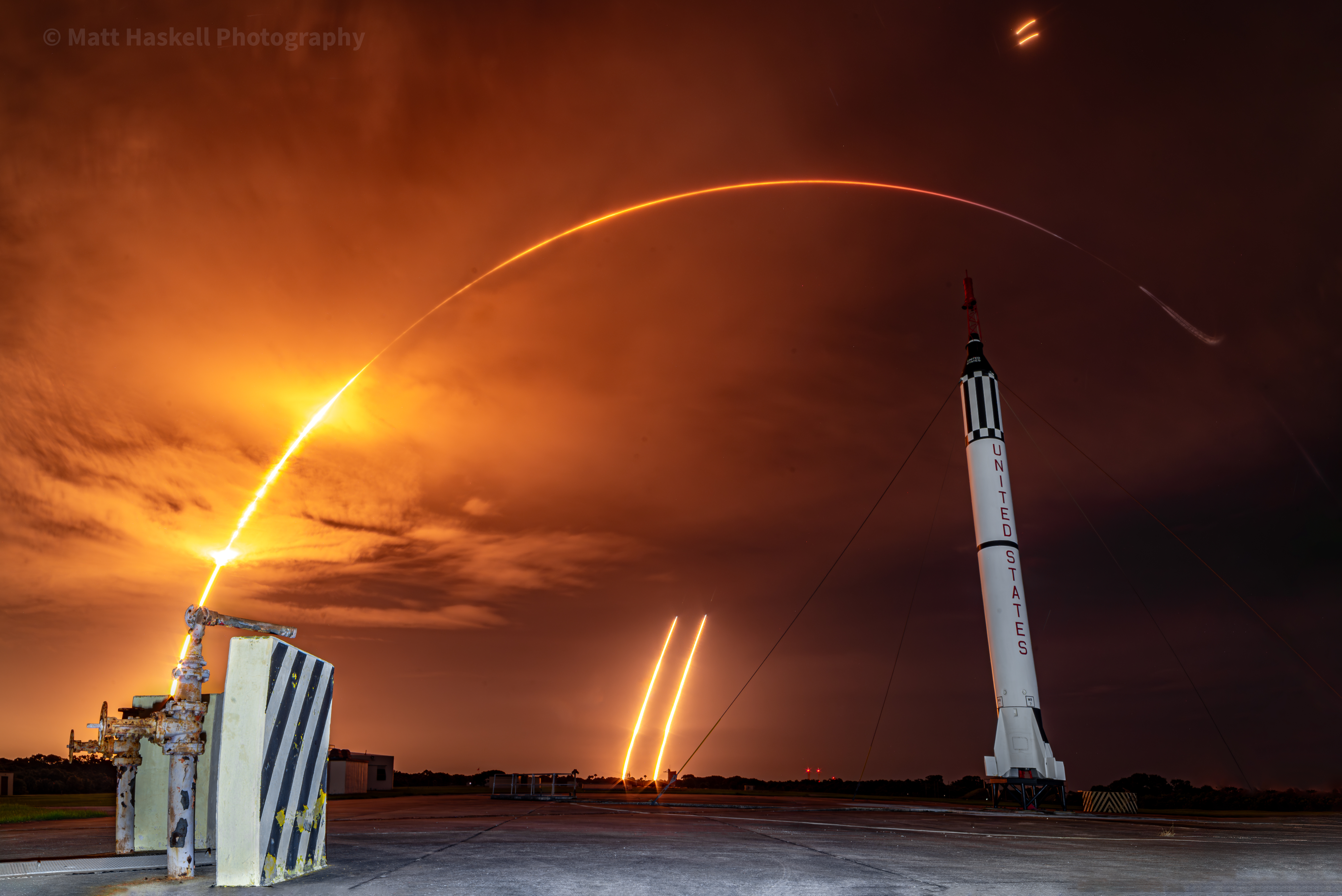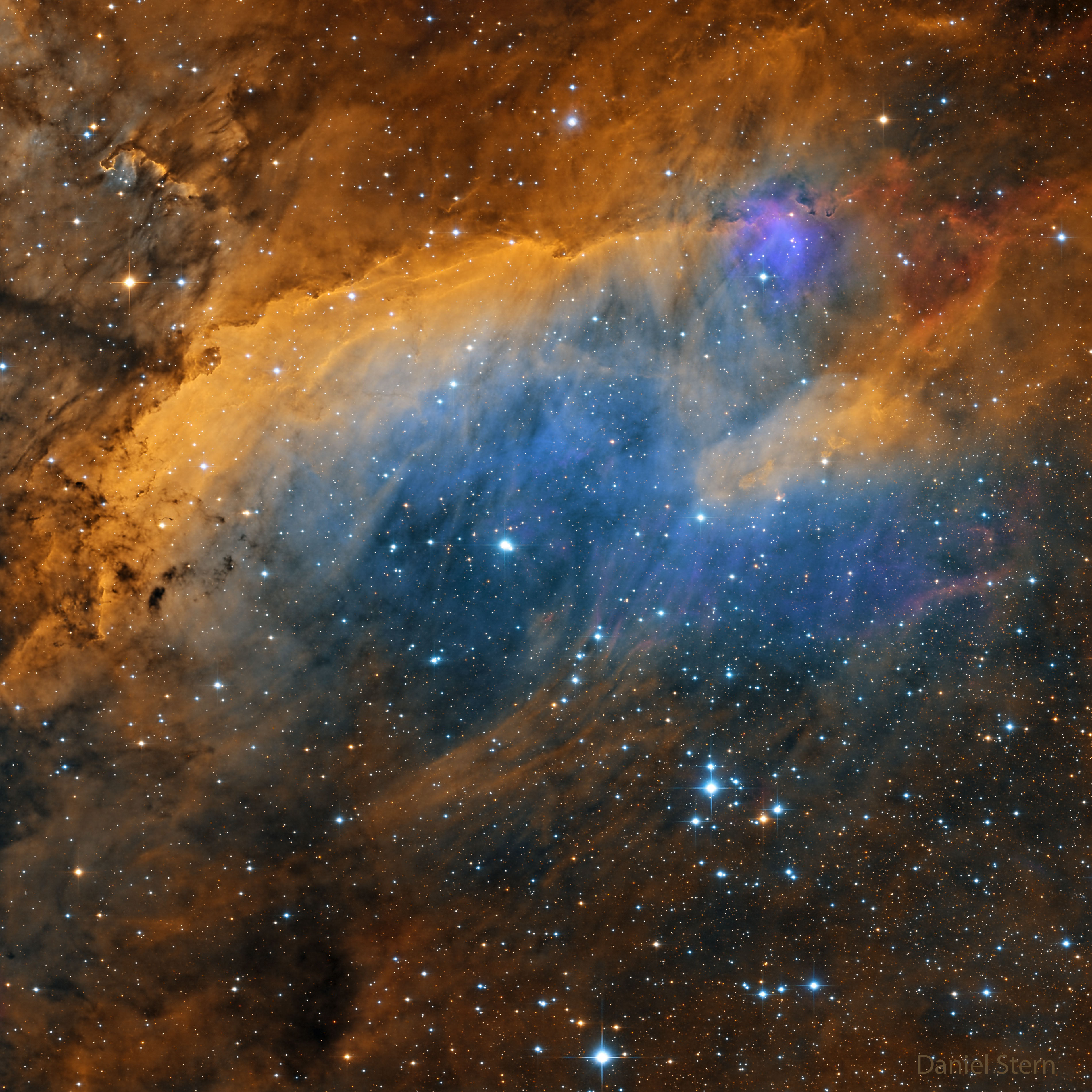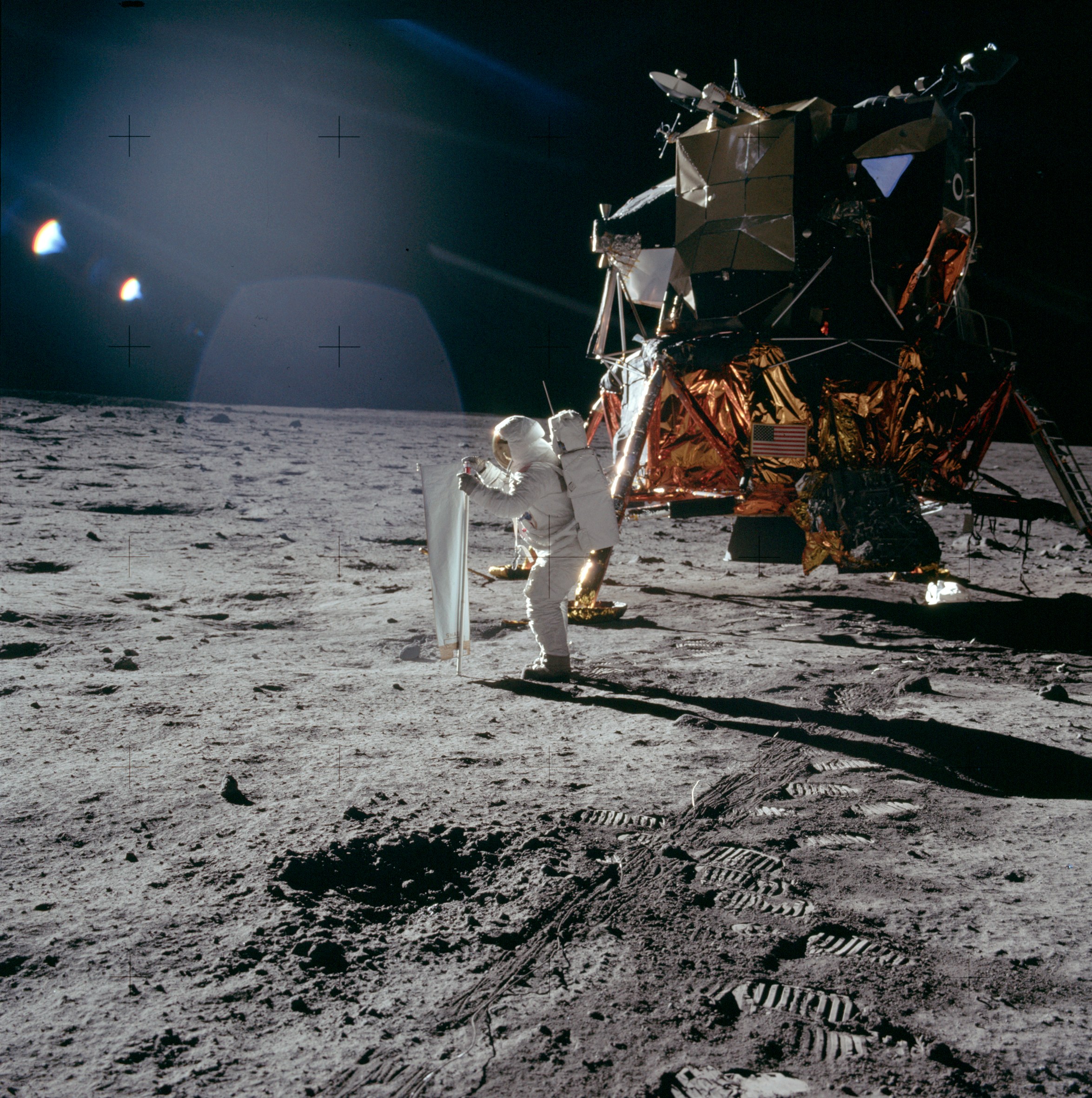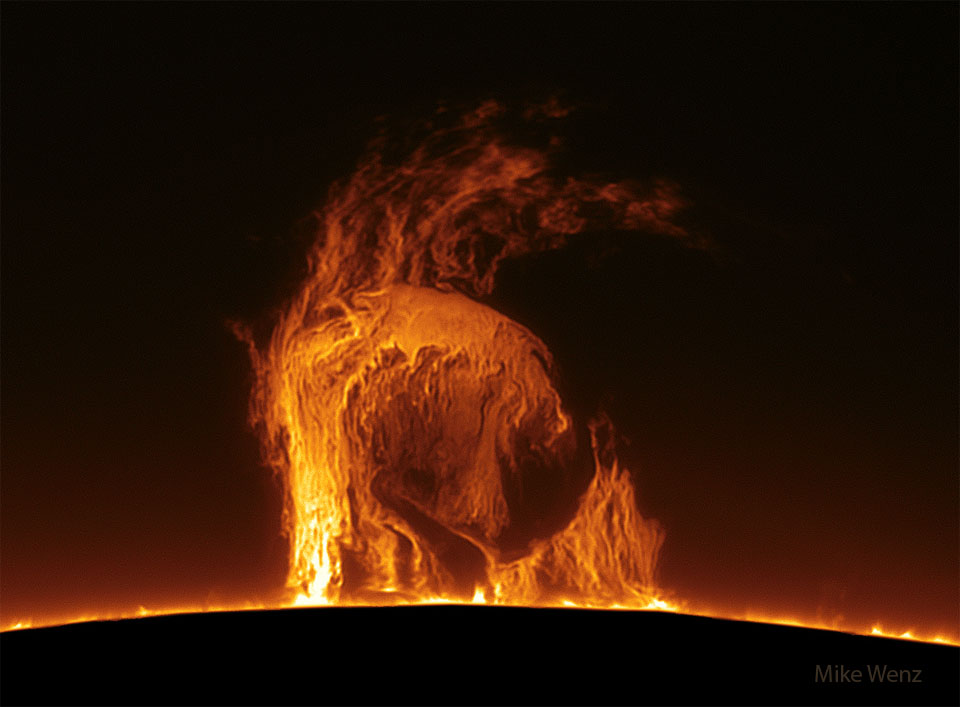I'm working my way through "Way of Kings" right now. I haven't had much time for reading lately, so it's going slow, but the book is fantastic.
Like some gorgeous Eldritch portal
Damn, we really are on the bad timeline. I want my figs and orgies
I hope this isn't like the beer pods they installed in Cleveland for when the browns win a game. Those didn't get use for a very long time lol
You know I'd glady share a drink with you in that day. It'd mean that there's still some hope left in this world.
I really want to see something come of this and I have a sliver of hope that it will, but I'm too tired to get excited about it.
These are good for anywhere in the Northern Hemisphere. I can do one for the Southern Hemisphere as well, if there's enough interest. Or if someone in the Southern Hemisphere would like to put one together I can sticky it
Yeah, it'll never be this dramatic, but you'll be astounded by how many stars, and how large they seem, when you get to a dark site. Even getting to a Bortle 5 location like I live in and letting your eyes properly adjust to night vision, the amount of stars is pretty spectacular. Not sure where you live, by check out a site like DarkSkyMap and you may be surprised to find some areas with less light pollution not too far from you.
I've heard it was faked, but NASA wanted the footage to be convincing so they filmed it on the moon lol
Love the UI, however when I go to another community from the homepage I cannot get it to go back to homepage (without clicking the Lemmy.world banner top left). The back button changes the URL to the previous page, but the page itself stays on whatever community I opened.
